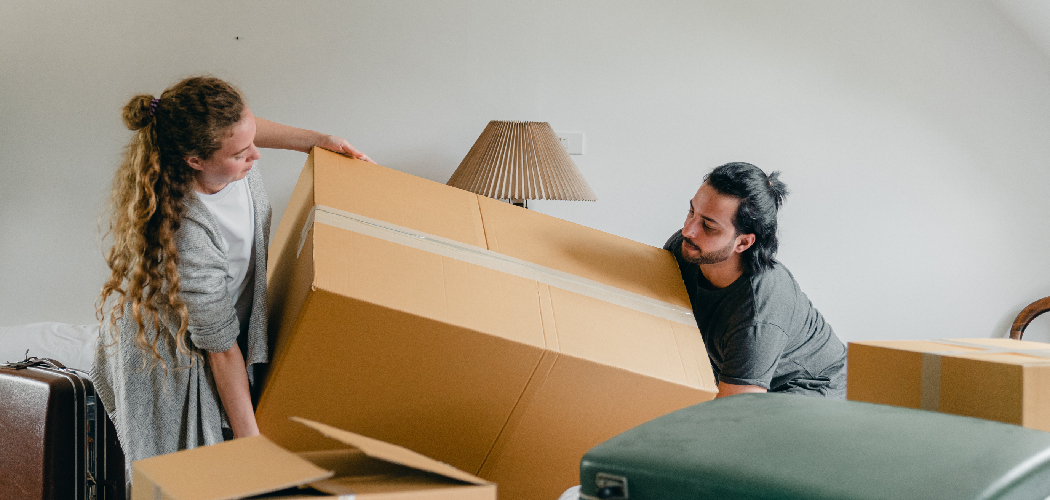Are you getting ready to move and need help packing your bedroom? Packing is one of the most difficult parts of moving, especially when it comes to packing a bedroom. It’s not just about throwing everything into boxes – you may want to keep certain items organized or store them in specific ways so you can easily find what you need once the move is complete.
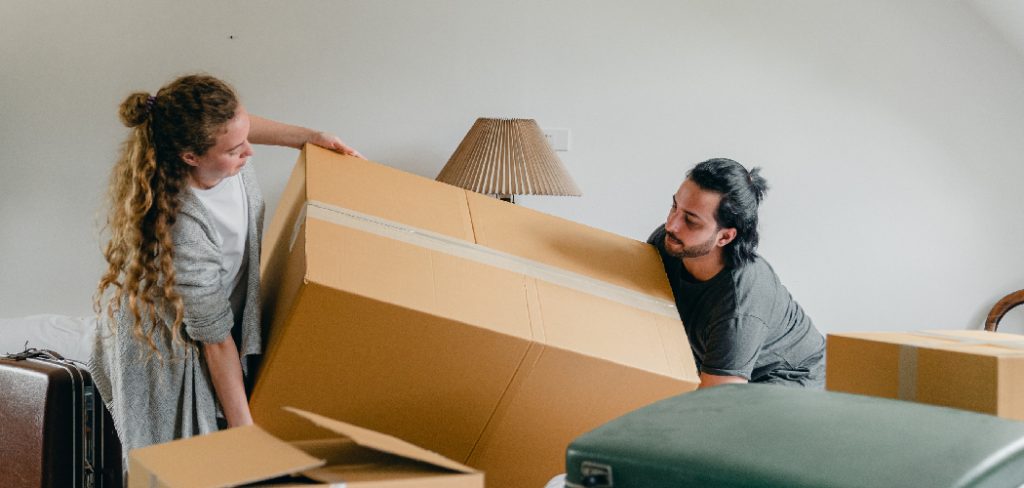
In this blog post on how to pack bedroom for moving, we’ll cover some simple tips and tricks on how to pack your bedroom quickly and efficiently while still keeping everything organized! With our helpful advice, boxing up from your bedroom won’t be as daunting as it initially seemed.
Necessary Tools
The first step to packing a bedroom is preparing the right tools. You’ll need boxes, tape, and markers for labeling. Bubble wrap and newspaper are great for protecting fragile items such as picture frames or glass objects. Finally, packing peanuts can be used to fill extra space in your boxes and prevent shifting during transport.
10 Step-by-step Guidelines on How to Pack Bedroom for Moving
Step 1: Start with the Closet
Start by taking out all of your clothes and hanging them in a wardrobe box. This will make it easier for you to transport your clothes while keeping them wrinkle-free. But don’t forget to fill the empty space in the box with packing peanuts or newspaper! This will ensure your clothes don’t shift around during the move. However, make sure not to overfill the box as it can become too heavy. If necessary, use multiple wardrobe boxes.
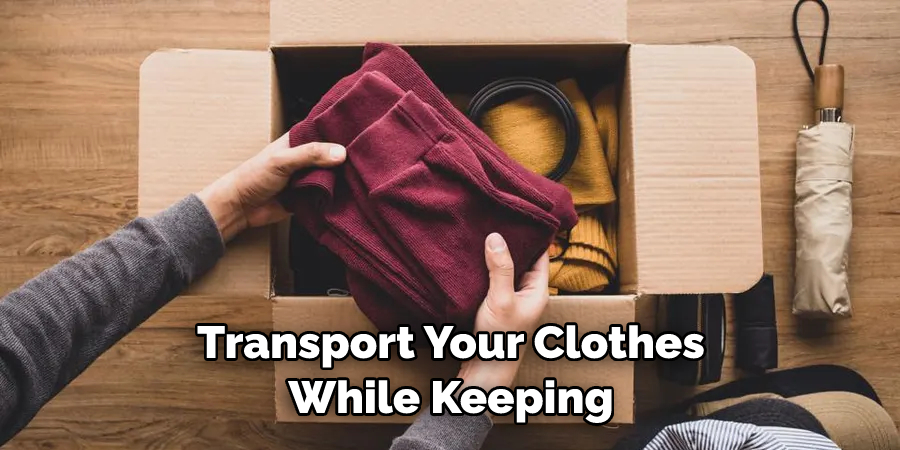
Step 2: Pack Shoes
Shoes can be stored together in boxes or bags, or individually wrapped in newspaper or bubble wrap. Be sure to label each shoe box for easy identification. If you have a lot of shoes, consider using wardrobe boxes to store them in.
Before packing them in, put paper or bubble wrap between each pair to prevent them from scuffing each other. Otherwise, store them box by box and label each one. After all, the shoes are packed, add packing peanuts to the empty space in each box.
Step 3: Pack Linens and Bedding
Linens, blankets, and pillows can be neatly folded and placed in boxes or bags. Label each box or bag with the contents inside. It’s also helpful to store them in a dry, cool place to prevent mold from growing. If you have a lot of bedding, consider using wardrobe boxes to store them in. This will make it easier to transport, and you won’t have to worry about them being crushed or wrinkled in the process.
Step 4: Clear Out Dressers and Nightstands
Empty out all drawers in dressers and nightstands before packing them up. This will help protect items from shifting during transport. Wrap delicate items such as jewelry or glass knick-knacks with bubble wrap before placing them in a box. If necessary, use packing peanuts to fill in any extra space. That way, your items will be safe and secure in the box for the move.
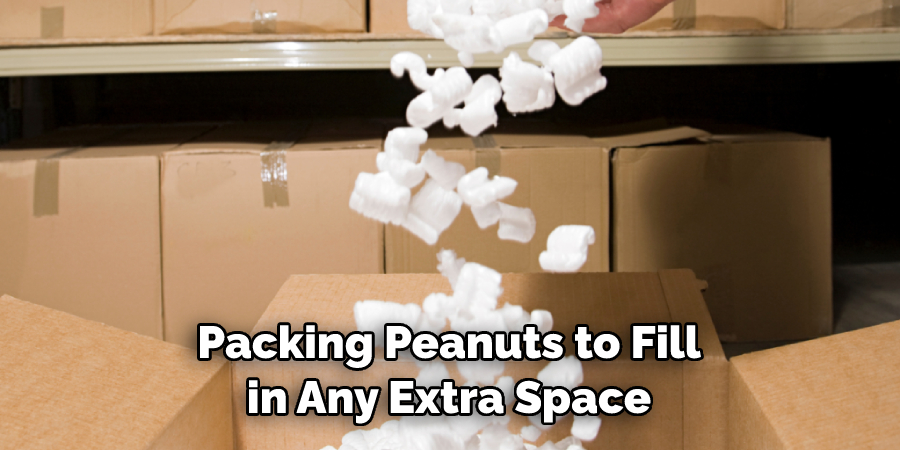
Step 5: Pack Books & Magazines
Books and magazines should be packed separately from other items using small boxes to avoid making boxes too heavy. If you have a lot of books, consider using wardrobe boxes to store them in.
This will not only keep them safe during transport but also make unpacking easier when you arrive at your new home. But don’t forget to label each box for easy identification. It’s also a good idea to invest in a few bookends so that the books don’t shift during the move.
Step 6: Pack Wall Art & Picture Frames
Picture frames should be individually wrapped in bubble wrap or newspaper before being placed in a box. Label the box to indicate which walls the art will go on once you move. It’s also important to note which way the frame faces so you don’t hang it upside down! If you have a lot of wall art, consider using wardrobe boxes to store them in. This will prevent them from shifting during transport and make unpacking easier when you arrive.
Step 7: Pack Electronics
When packing electronics, such as TVs and computers, make sure they are safely stored in their original boxes or foam padding. Fill any extra space with packing peanuts to prevent shifting during transport. If necessary, use bubble wrap to protect fragile parts or cords. Label the box with “Fragile” and indicate which room it belongs in so that you can easily locate these items on arrival.
Step 8: Disassemble Furniture Pieces
Furniture pieces such as bed frames and dressers should be disassembled before moving day for easy transport. This will also help protect furniture from damage during transit. Be sure to save all screws and hardware together in a bag for easy reassembly.
Otherwise, your furniture could end up looking like a jigsaw puzzle! Although it may be tempting to wrap furniture in blankets or sheets, this is not recommended as it can cause damage to the surface of the piece.
Step 9: Pack Smaller Items
Smaller items such as lamps, vases, and other home decor should be boxed up and labeled. Use newspaper or bubble wrap to protect breakable items. But don’t forget to label each box for easy identification. If you have a lot of smaller items, consider using wardrobe boxes to store them in.

This will make it easier to transport and keep the items safe during transit. However, it’s still important to label each box with the contents inside. So that you can easily locate these items when unpacking.
Step 10: Label Everything!
Labeling your boxes is important when it comes to unpacking after the move is complete. It will help you easily identify which contents are in each box and determine where they need to go once you arrive at your new location.
Always make sure to write down the contents of each box, as well as its destination room. If you packed items from multiple rooms, this is especially helpful so you know where everything goes once you arrive. With proper labeling and organization, unpacking after the move can be a breeze.
We understand that packing a bedroom can be overwhelming, but with these simple tips on how to pack bedroom for moving, you’ll breeze through the process without stress! Make sure to start early and stay organized to ensure a successful move!
Do You Need to Hire a Professional?
If you don’t have the time or energy to do it yourself, consider hiring professional movers to take care of your bedroom packing needs. Professionals will help make sure everything is properly packed and loaded for transport so that you can spend less time worrying about packing and more time enjoying the move!
We hope this blog post has been helpful in providing some guidance on the process. Remember, preparation is key when it comes to a successful and stress-free move!
How Much Will It Cost?
The cost of hiring professional movers depends on several factors, including the distance to your new home and the size of your bedroom. Get in touch with a local moving company for an accurate estimate. If you need help packing a bedroom for moving, give us a call today! We’ll be happy to provide you with an estimate and make your move as stress-free as possible.
Frequently Asked Questions
Q. How Can I Make Sure My Clothes Stay Wrinkle-free During Transport?
A. Use garment bags or wardrobe boxes to store clothes while moving. This will keep them from becoming wrinkled or damaged in transit.
Q. How Can I Keep My Mattress Safe During Moving?
A. Mattresses should be wrapped in plastic or a mattress bag for protection while moving. This will keep them from becoming stained or damaged during transport.
Q. How Should I Pack Fragile Items?
A. Be sure to wrap delicate items such as glassware, picture frames, and lamps in bubble wrap before packing them up. Place the items in boxes that are not too heavy and make sure to label them clearly as “Fragile” so they can be handled with care during transit.
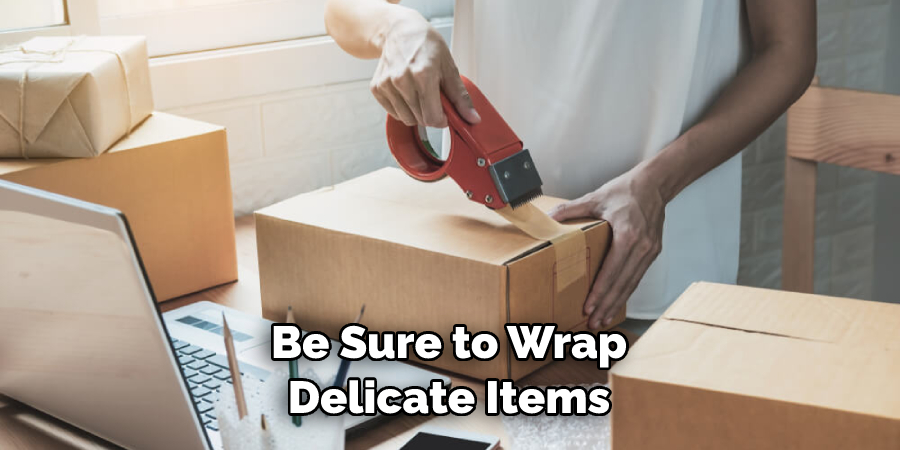
Conclusion
As you can see, packing a bedroom for a move doesn’t have to be a daunting task. Taking time to plan ahead and declutter your belongings, breaking the job down into small and manageable chunks, and finding the right-sized moving supplies can help make the entire process far smoother and less stressful.
Lastly, remember that labels are your friends when it comes to packing–make sure you label each box not only by room but also with a comprehensive list of its contents.
After reading this article on how to pack bedroom for moving and doing this will save you time in the long run when it’s time to unpack since you’ll immediately know what is in each box without taking off individual lids. Moving is always an exciting (and sometimes exhausting) endeavor–but if you take these steps, it will make for a much easier transition into your new home!
